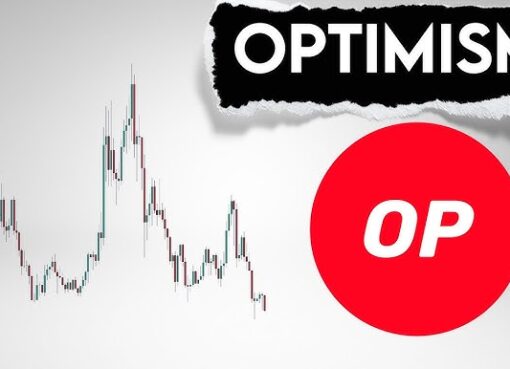Although Zoom stock is now experiencing hard times, it still holds a Zacks #1 Rank, which is a Strong Buy. Besides, Robert W. Baird analyst William Power is also maintaining a Buy rating on Zoom Video Communications. On Wednesday, he set a price target of $550.00 for Zoom shares.
Online conferencing giant Zoom Video Communications Inc (NASDAQ: ZM) is going through a bad patch. Zoom stock has been down for a week already, falling for the seventh day in a row. On Thursday, Zoom stock ended the session at $364.73 per share, or 5.32% down. In pre-market trading, it is plunging further, its price makes up $363.00 as of the press moment. The one-month performance of Zoom stock is also not much to boast of, as Zoom shares have fallen by 1.97% during that period.
Before the COVID-19 pandemic, Zoom was growing. During the global quarantine and stay-at-home policy, the company also was performing well. It turned out to be one of the winners in the economic downturn. Within one year, Zoom stock gained as much as 247.36%, with its market cap hitting $112.44 billion. However, now the economy is bouncing back, and investors’ attention is slightly shifting toward “reopening” names that will benefit from the economic recovery.
Although Zoom stock is now experiencing hard times, it still holds a Zacks #1 Rank, which is a Strong Buy. Besides, Robert W. Baird analyst William Power is also maintaining a Buy rating on Zoom Video Communications. On Wednesday, he set a price target of $550.00 for Zoom shares.
On March 1, after the market close, Zoom will release its Q4 fiscal 2021 financial results. As the expectations of the company’s performance are big, its stock may soar amid the report.
How to Mitigate ‘Zoom Fatique’?
Lately, Zoom has been a subject of criticism because of a phenomenon called Zoom fatigue. The phenomenon describes the taxing feeling you get after having too many video calls. Researchers from Stanford were among the first to start closely studying how videoconferencing affects people on a psychological level. The results of their research have been published by Jeremy Bailenson, founding director of Stanford University’s Virtual Human Interaction Lab.
According to the researches, it all started with the pandemic. In 2020, videoconferencing became a critical tool that allowed schools and businesses to continue working during shelter-in-place. While it helped millions of people worldwide, it provoked some psychological consequences of spending hours per day online. In particular, those using videoconferencing tools feel tiredness, worry, or burnout.
The reasons for Zoom fatigue include excessive amounts of close-up eye gaze, cognitive load, increased self-evaluation from staring at video of oneself, and constraints on physical mobility.
To fix these problems, Jeremy Bailenson offered to increase face-to-face communication, create a larger field of view, take an “audio-only” breaks on days when you have several long meetings, and from time to time use the “hide self-view” feature on Zoom. And of course, if the real face-to-face meeting is available, it is better avoid using a device to run it.
Daria is an economic student interested in the development of modern technologies. She is eager to know as much as possible about cryptos as she believes they can change our view on finance and the world in general.




